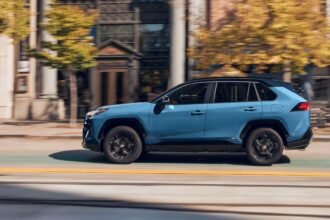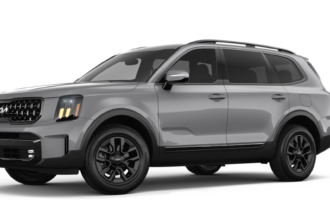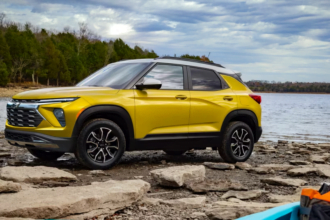The open road is calling, tempting you with promises of adventure and freedom. But before you hit that sunset drive, there’s a crucial step: finding the perfect car. Whether you’re a pro driver or a newbie, buying a car in the USA can feel like navigating a twisty mountain road. Don’t worry, fellow explorer! This guide is like your friendly map to make your car-buying journey smooth and satisfying.
Step One: Charting Your Course – New or Pre-Owned?
Here comes the initial choice – do you desire the sparkling allure and brand-new warranties of a new car, or the classic charm and budget-friendly appeal of a pre-owned vehicle? Each option has its advantages and drawbacks:
New cars:
New cars beckon with the allure of shiny paint, fresh warranties, and cutting-edge tech. You get to customize your dream ride from the ground up, and enjoy peace of mind knowing it’s covered by manufacturer guarantees. However, be prepared for steeper depreciation and higher insurance costs.
- Pros: Freshness, warranties, customization, peace of mind
- Cons: Steep depreciation, higher insurance costs
Pre-owned cars:
Pre-owned vehicles offer wallet-friendlier entry points and often feature desirable features at lower prices. Plus, the depreciation curve flattens out, meaning you hold onto more of your investment. But thorough research and inspection are crucial, as you take on some risk for potential repairs and maintenance.
- Pros: Budget-friendly, desirable features at lower prices, flat depreciation curve
- Cons: Potential repairs, lack of warranty, thorough research and inspection required
The Valuation Compass: KBB and VIN Decoding

Before even setting foot in a dealership, arm yourself with knowledge. Tools like Kelley Blue Book (KBB) and VIN decoders are your trusty compasses.
KBB guides you through the estimated fair market value of any car, new or used, based on factors like age, mileage, condition, and local market trends. Knowing your target price range empowers you to negotiate with confidence.
The VIN (Vehicle Identification Number), that unique 17-character code engraved on your car, holds a wealth of information. Free online decoders reveal the vehicle’s history, including production year, manufacturer, engine size, and even safety recall alerts.
Pre-Purchase Pit Stop: Basic and Engine Inspections

Whether you’re smitten with a showroom star or a charming pre-owned find, a thorough inspection is a must. Start with a basic visual check:
- Exterior: Look for dents, scratches, rust, and uneven panel gaps. Tires should have adequate tread depth and no cracks.
- Interior: Check for stains, worn upholstery, malfunctioning buttons, and any unpleasant odors.
- Under the Hood: Look for leaks, fluid discoloration, and obvious signs of wear and tear. Don’t hesitate to get your hands dirty!
Next, take your car for a test drive. Pay attention to:
- Handling: Does it corner smoothly and respond well to steering?
- Braking: Are they responsive and provide adequate stopping power?
- Engine performance: Does it accelerate smoothly and idle without vibrations?
For extra peace of mind, especially with pre-owned cars, a professional engine inspection is highly recommended. They can diagnose potential issues with the engine, transmission, and other vital components, saving you from costly surprises down the road.
Navigating the Marketplace: Dealerships vs. Private Sellers
Once your inspection is complete and you’re confident in your choice, it’s time to navigate the car market. For new cars, authorized dealerships offer a one-stop shop with financing options, warranties, and service departments. However, be prepared for potentially higher prices.
Pre-owned vehicles open a wider range of options:
- Dealerships: They generally offer certified pre-owned (CPO) vehicles with extended warranties and inspections, but prices might be higher than private sellers.
- Online marketplaces: Platforms like CarMax and CarGurus offer a broader selection at competitive prices, but test drives and inspections are usually your responsibility.
- Private sellers: Direct deals can be the most budget-friendly, but research is crucial and pre-purchase inspections are a must.
The Final Stretch: Paperwork and Hitting the Road

Finally, the moment of truth arrives – paperwork! Carefully review all documents, from the purchase agreement to financing terms and insurance coverage. Ask questions and clarify any doubts before signing.
Once the ink dries, it’s time to celebrate and hit the road! Your first adventure awaits, fueled by your newfound knowledge and the thrill of owning a car that perfectly suits your needs.
Remember: Car buying is a journey, not a race. Take your time, do your research, and don’t be afraid to ask for help. With this guide as your roadmap, you’ll navigate the process with confidence and find the perfect vehicle to carry you towards your next exciting destination.






